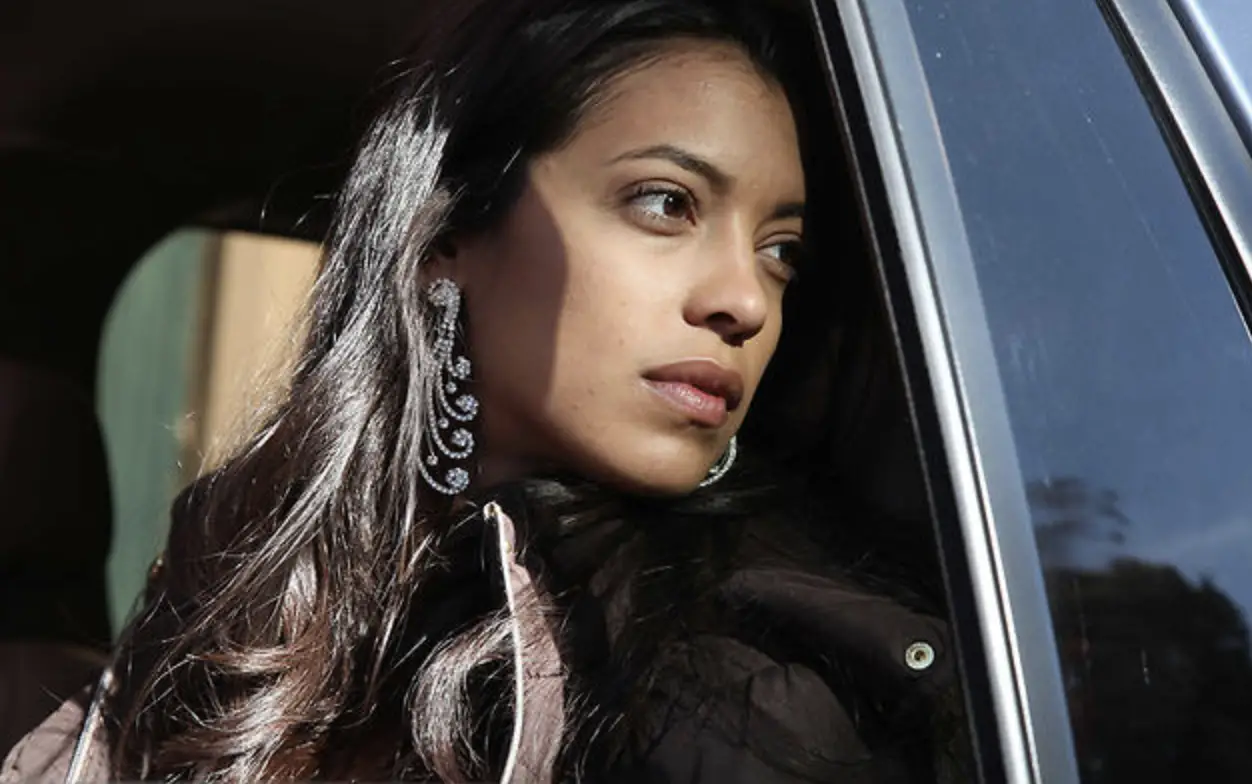The recent trailers for the movie “Miss Bala” have captivated moviegoers’ attention. The action-packed Hollywood adaptation of the 2011 original film is set to screen in theaters in February 2019, but already the film has started up some chatter. Depicting the life inside the drug wars of Mexico’s border towns, the trailers for the film hint that it will touch on how the wars have brought chaos and pain to both Americans and Mexicans like. Nonetheless, Hollywood’s version of “Miss Bala” is walking a fine line between blindly embracing violence for the sake of storytelling and genuinely bringing awareness to audiences about serious issues.
The 2019 adaptation shares with its 2011 counterpart a producer, though the different writers and directors become obvious when comparing their plots. Director Gerardo Naranjo’s original movie followed the story of Laura Guerrero, a young Mexican woman who traveled to the Mexican state of Baja California for a beauty pageant, hoping to become the new “Miss Baja.” Portrayed by Stephanie Sigman, Laura instead found herself becoming a victim of a local drug cartel’s business. Eventually, the former beauty pageant contestant transforms into a highly valuable target for the U.S. Drug Enforcement Administration (DEA), but remains throughout the film as a terrified victim of the drug cartel, whose fear audience members can feel through her eyes.
Meanwhile, Catherine Hardwicke, who also directed “Twilight” and “Thirteen,” is offering American audiences a new version that follows the story of another Laura. Hardwicke’s Laura, portrayed by Gina Rodriguez, is a Mexican-American woman visiting her friend in Mexico. Instead of being a beauty pageant contestant herself, Laura is now simply a makeup artist who became a valuable pawn for drug cartel’s due to her U.S. citizenship.
The trailers depict Laura at first as a victim of the borderland’s drug violence, but later she learns to learns to work the violence of the drug war for herself. By learning the power that the bullet, or “la bala” in Spanish, can lend people, Laura in time learns to become “Miss Bala.” Hardwicke’s adaptation will most likely intend to keep audiences in suspense by leaving in question whether Laura’s true allegiances lie with the DEA agents or with the drug cartel.
The 2019 “Miss Bala” dips into the question of woman’s empowerment, a plotline that remains generally popular among Hollywood storylines. Instead of becoming a victim of the drug cartel, Laura’s womanhood and individual strength allow her to outsmart the drug cartel leaders and even a U.S. federal agency. Rodriguez’s dramatic portrayal is expected to contrast starkly with that of Sigman, whose character remained a victim struggling to keep her family alive.
Hardwicke and Sony Pictures have presumably decided to embark on a new route, one in which its female characters are not left victims to men’s violence but instead weave through it confidently. Laura in Hardwicke’s adaptation is shown to eventually learn to embrace and harness violence for her own gains, whereas in Naranjo’s original film, Laura is victim of violence at the film’s conclusion.
Through these characters, audience members are meant to better understand for themselves what Mexico’s drug violence is like. Ratings for Naranjo’s “Miss Bala” soared amongst critics because of its gritty, realistic portrayal of violence. Naranjo didn’t hesitate to portray the extent of the violence that defines life for some in Mexico. Fear and a sense of powerlessness is common among ordinary Mexicans, like Laura, who get entrapped within the battles between the cartels, the U.S. and sometimes the Mexican state police. In effect, Naranjo’s original film showed that the violence resulting from the drug wars is a tragedy that offers few opportunities for redemption or empowerment. Arguably, the very nature of violence becomes an ever-present theme throughout the film and one that destroys human life wherever it appears.
On the other hand, the brief glimpses of Hardwicke’s adaptation portray violence through different eyes. The violence does terrify Laura at first, but she later is able to exercise control over it. The violence of the drug wars, despite having killed nearly 30,000 people in 2017, has transformed into the new battleground for Laura to prove herself as the embodiment of female empowerment in the male-dominated drug cartel. While this new approach to the drug wars is meant to provide a fantasy of resistance against drug violence, Hardwicke threatens trivializing the extent of the violence in Mexico.
In some moments, even just the clips scattered throughout the trailers fall into reducing the violence and cartel leaders into mere plot devices. The film renders the explosions and gunshots surrounding Laura into simple backdrops for her to walk in front of on screen. In reality, explosions and gunshots are not just aesthetics; they’re products of the brutality that kills thousands of people every year.
On a larger scope, the movie risks romanticizing cartel life for viewers. Whereas the Naranjo production featured Noé Hernández to play a cartel leader known as Lino, Hardwicke’s film features the much younger Ismael Cruz Cordova to play Lino. Naranjo’s choice to portray the cartel leaders as older men with weary but intimidating demeanors helped him emphasize the hardened, remorseless character of the violence in Mexico. Hardwicke’s trailers, however, emphasize Lino’s allure to both Laura and the audience. Notably, at one point, the trailers even hint at the possibility of romance between Laura and Lino when he refers to her as his “queen.”
Dangerously so, the sneak peeks at Hardwicke’s adaptation suggest that the movie intends to use violence as a prop, rather than as a subject worth exploring in depth. Although violence is a common phenomenon in the country, Hardwicke is risking engaging with these ideas uncritically. By focusing on Laura’s arc as a character, Hardwicke’s “Miss Bala” veers into ignoring the larger themes of violence and the DEA’s war against drug trafficking in the region. Unfortunately, her audience will also be deprived of exploring the terror that originates from these drug wars. Following the release and screenings of the film, audiences might see the violence an inevitable part of the country’s life that all its citizens must simply overcome, much like Laura’s character does — which is simply not the case.
The borderland drug war has been an enduring, tiresome tragedy in Mexico, costing billions of dollars and thousands of human lives. Even if for the sake of an entertaining story, Hardwicke’s depiction of a former makeup artist outsmarting cartels and DEA agents softens the brutality of the war. In her movie, Mexico’s violence becomes an action-fantasy setting that remains entirely in the sphere of fiction. However, the truth is that Hardwicke and Sony Pictures’ fiction is the reality for thousands.
To successfully and critically explore the themes of violence, Hardwicke doesn’t need to completely replicate Naranjo’s original production of “Miss Bala.” It’s possible that Rodriguez’s portrayal of Laura can include growth, while also demonstrating the fear that accompanies seeing intense violence. However, doing so will require a careful balancing act from the director and her cast.
















